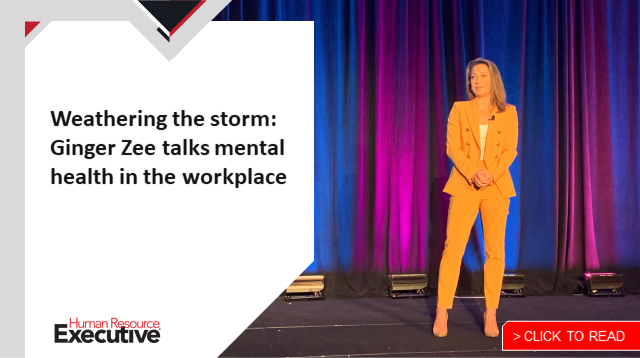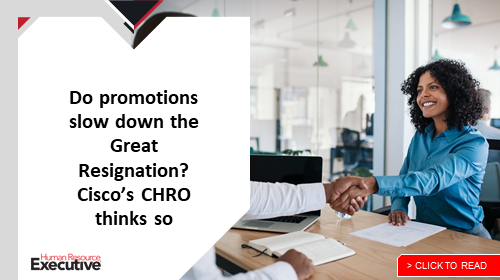Enhanced workspaces, office picnics, free food, daycare, concerts and parties. Some HR leaders and employers are counting on those perks and more to help them coax employees back into the office after two-plus years of Slack messaging, Zoom calls and working in sweatpants.
Google, for instance, organized a private concert from singer and rapper Lizzo for employees and partnered with electric scooter developer Unagi to roll out an employee program, called “Ride Scoot,” offering its U.S. employees full reimbursement for the cost of a monthly subscription. Until recently, Goldman Sachs was providing employees free breakfasts and lunches and even offering some employees free car rides to and from its New York City offices. California law firm Knight Law Group handed out welcome-back gifts for each employee, offered free food and drinks, and organized a cocktail reception and a DJ and dance party, along with a drawing that will award two grand prizes worth thousands of dollars.
Also see Employers announcing abortion travel benefits in wake of Roe v. Wade news
“It’s imperative that employers offer incentives that allow employees to feel comfortable within their working environment,” says Melanie Tinto, chief human resources officer at Portland, Maine-based commerce firm WEX, who is looking at a number of ways to welcome workers back into the company’s office.
Among WEX’s enticements are a state-of-the-art gym available for workers throughout the day and updated office space with “natural light, comfortable furniture, safe collaboration spaces, and a desirable location near shops and restaurants that gets people excited,” she says.
 “The last two years have been challenging for many, and therefore, we’re focused on creating an atmosphere that makes returning to the office an enjoyable experience by offering onsite resources—like gym access, rooftop lounge, collaborative spaces—and organic opportunities to motivate employees to return to the office if they desire.”
“The last two years have been challenging for many, and therefore, we’re focused on creating an atmosphere that makes returning to the office an enjoyable experience by offering onsite resources—like gym access, rooftop lounge, collaborative spaces—and organic opportunities to motivate employees to return to the office if they desire.”
‘Top of mind’ for employers
The trend of flashy office enticements and onsite perks is gathering steam, especially as scores of employees are showing no interest in returning to office environments after a long hiatus. According to a survey of some 460 business leaders from workplace platform Envoy, 88% of companies are using incentives to get their workers back on site. More than half (61%) of businesses are making changes to the physical workplace, 47% are increasing employee wellbeing services and 30% are enforcing no-meeting days.
Trying to convince workers to come back to an office environment is “something that’s top of mind for a lot of organizations,” says Tony Guadagni, senior principal in the Gartner HR practice.
As they think about the return to the office, many employers are focusing on things like workplace culture, coaching, collaboration and creating a sense of belonging, Guadagni says. That’s why many organizations are offering social perks—things like happy hours or team lunches—as many employees have missed those connections: bonding with coworkers or getting face time with the boss.
Still, some workers are looking for more enticement to disrupt their work-from-home routine. That’s where a number of other benefits come in.
Small incentives—like free food—are a common low-hanging fruit and can make a difference for workers, Guadagni says. “I think that free food is going to be really impactful,” he says, noting that research indicates free lunches and snacks are consistently ranked as some of the most popular perks for employees. “Nobody’s going to commute an hour for a free lunch. But if you live within a reasonable distance, that free food might be the icing on the cake.”
Some of those benefits also can make a difference in luring employees into offices as cost-of-living increases are soaring. If employers offer things for free that employees typically have to pay for—like meals, daycare for their children, or gym facilities—it might entice workers to return to the office.
Related: 5 employer strategies to help with soaring inflation
Although perks are popular, experts say the consideration that employees most value right now—flexibility—actually convinces employers not to force workers back into offices. While some employees are happy to return and crave the social aspects of the workplace, many enjoy their home offices and are reluctant to come back during the pandemic, return to their long commutes or give up the comforts of home.
“Even for people who want to go back to the office, going back full time in this moment would be jarring and can be difficult,” Guadagni says. “And I think that people are really, really hesitant to give up some of the some of the flexibility they’ve gained.”
 Understanding that there are different groups of employees with varied risk profiles and preferences—and accommodating people differently—is paramount, experts say.
Understanding that there are different groups of employees with varied risk profiles and preferences—and accommodating people differently—is paramount, experts say.
‘Creating organic incentives’
Although Tinto is making the office alluring to workers to return to, she says that above all, she and other company leaders at WEX are committed to “ensuring our people have the choice to work in the way that is the best for them, whether that’s virtually or in the office.
“This way, we know people who are in the office want to be there,” she says. “Our focus has been on creating organic incentives and ways for employees to have fun.”
Rather than focusing on sticks and carrots in the “great office return,” experts say it would be beneficial for employers to listen to their employees about their preferences—or risk losing them in a hot job market where plenty of other employers offer full-time remote jobs.
“Most organizations have really leaned into remote work and hybrid as the new model. A big part of that is there’s been a critical mass that’s landed on that, and if you’re outside of that critical mass, you’re going to have a really hard time attracting and retaining employees. This is what people want; if you’re not giving it to them, they’re going find somebody who is.”
Tinto agrees.
“Throughout the COVID-19 pandemic, many employees learned that working from home—or simply having the freedom to do so—works best for them,” she says. “Providing employees with options to do what works best for their personal and professional situation builds trust, enhances productivity, increases engagement and in turn, increases employee retention.”
The post Food, concerts and more: Can they help lure workers back into offices? appeared first on HR Executive.